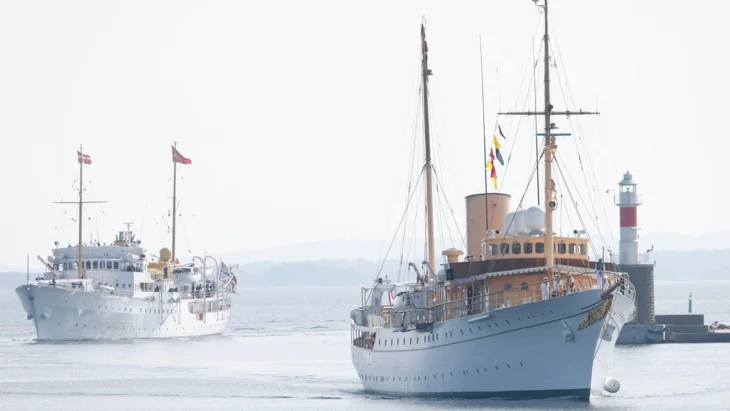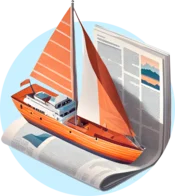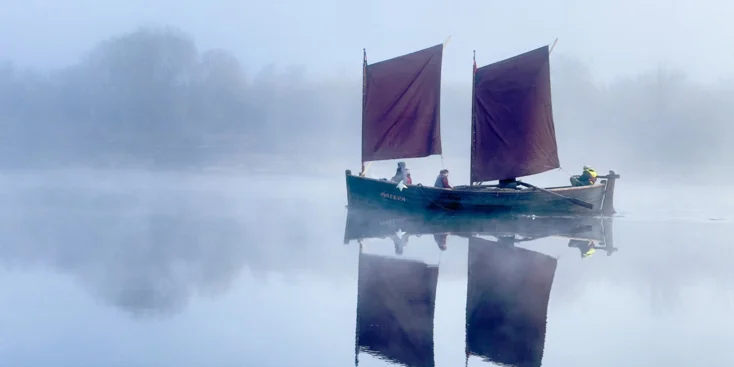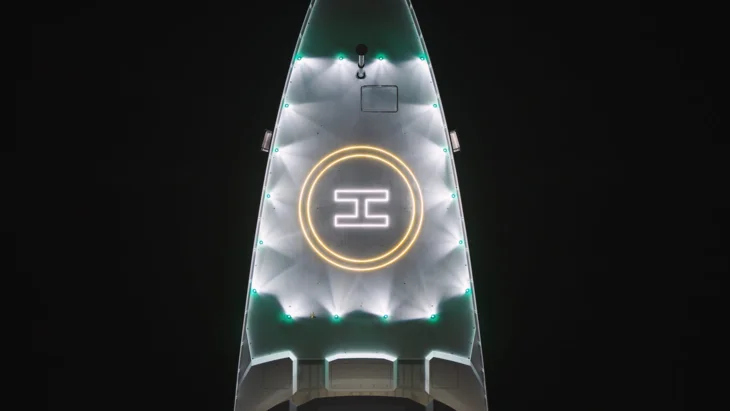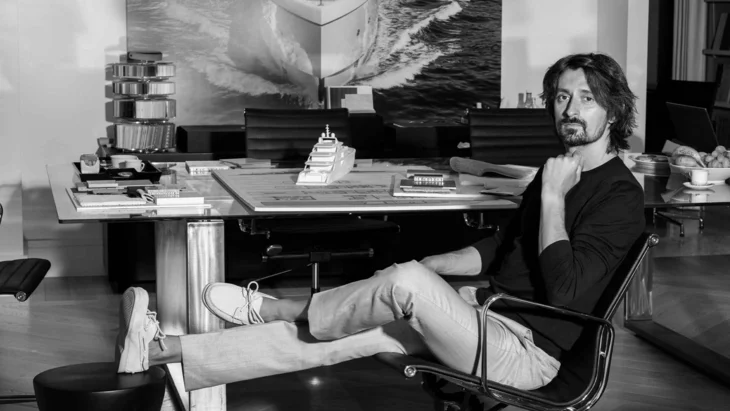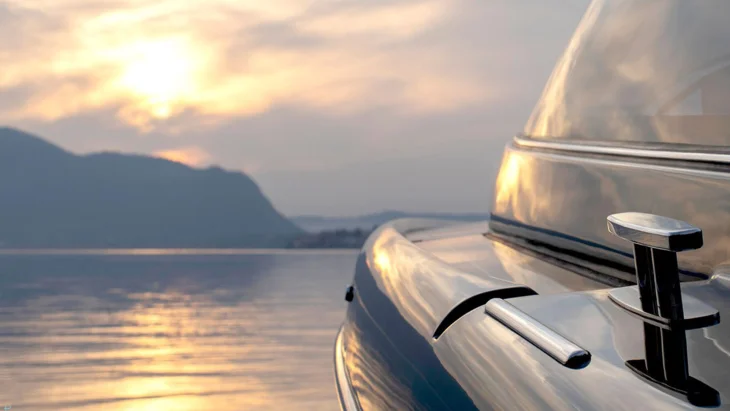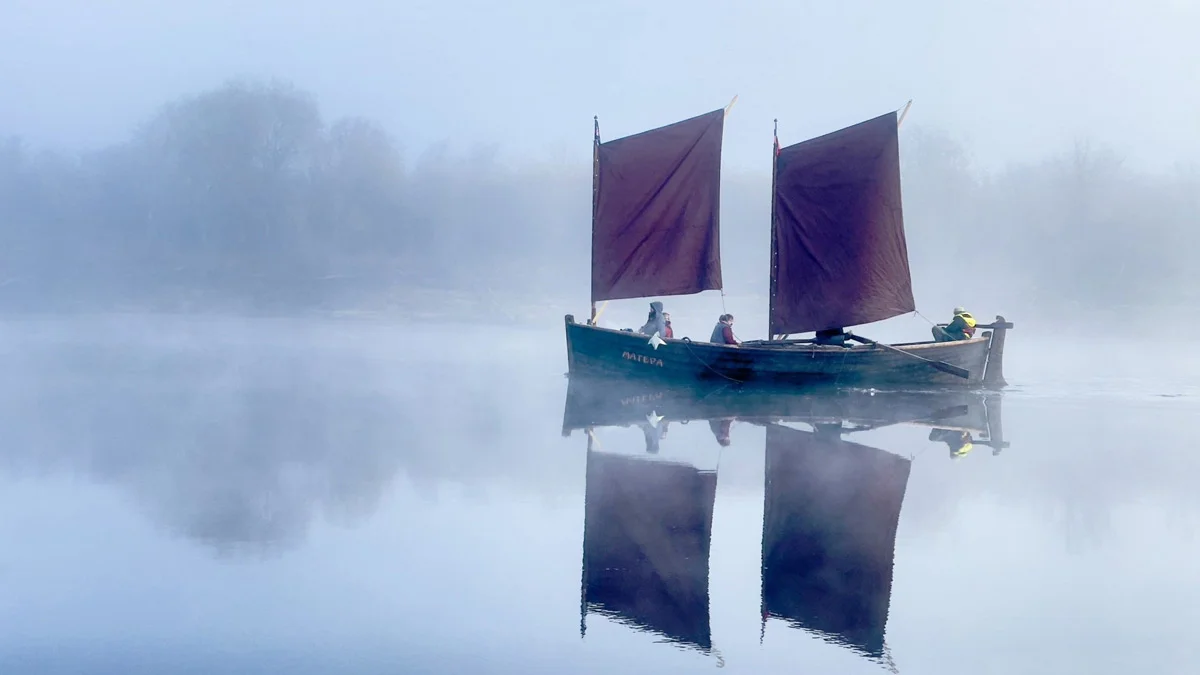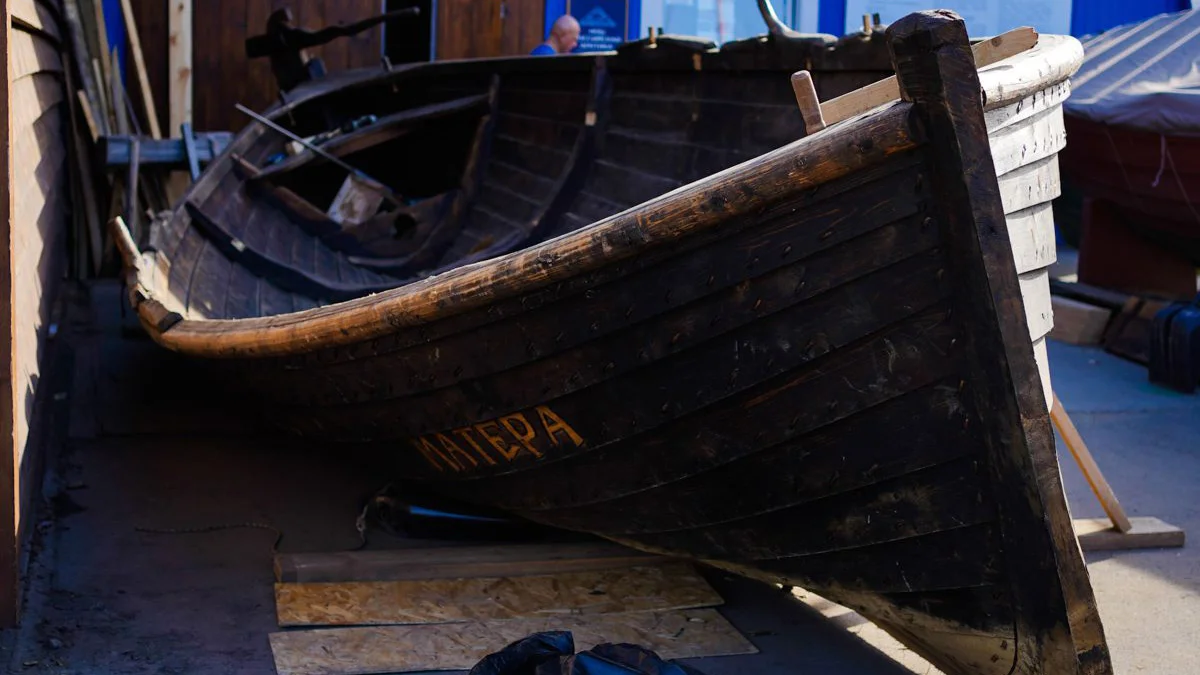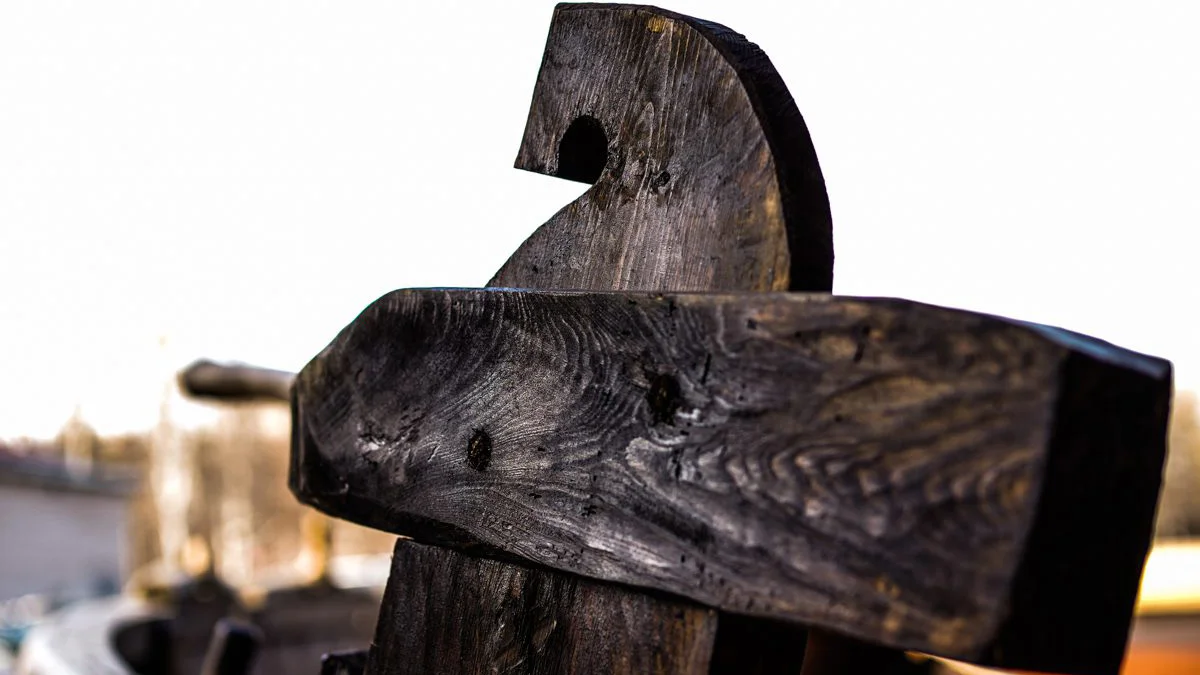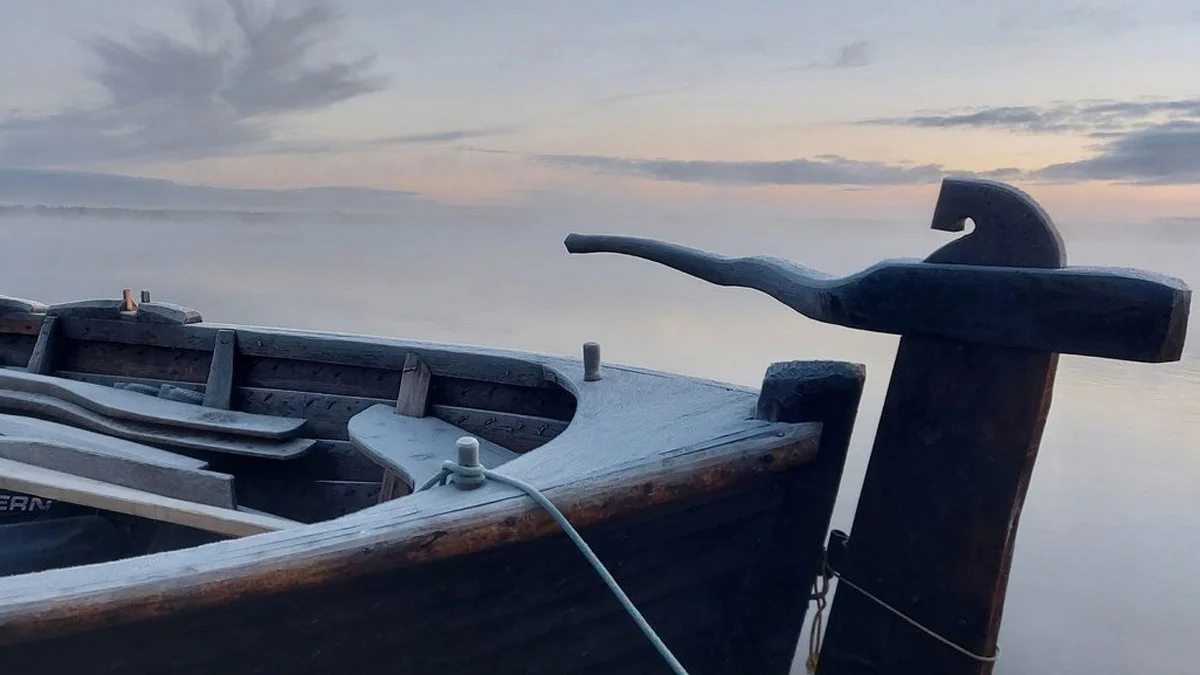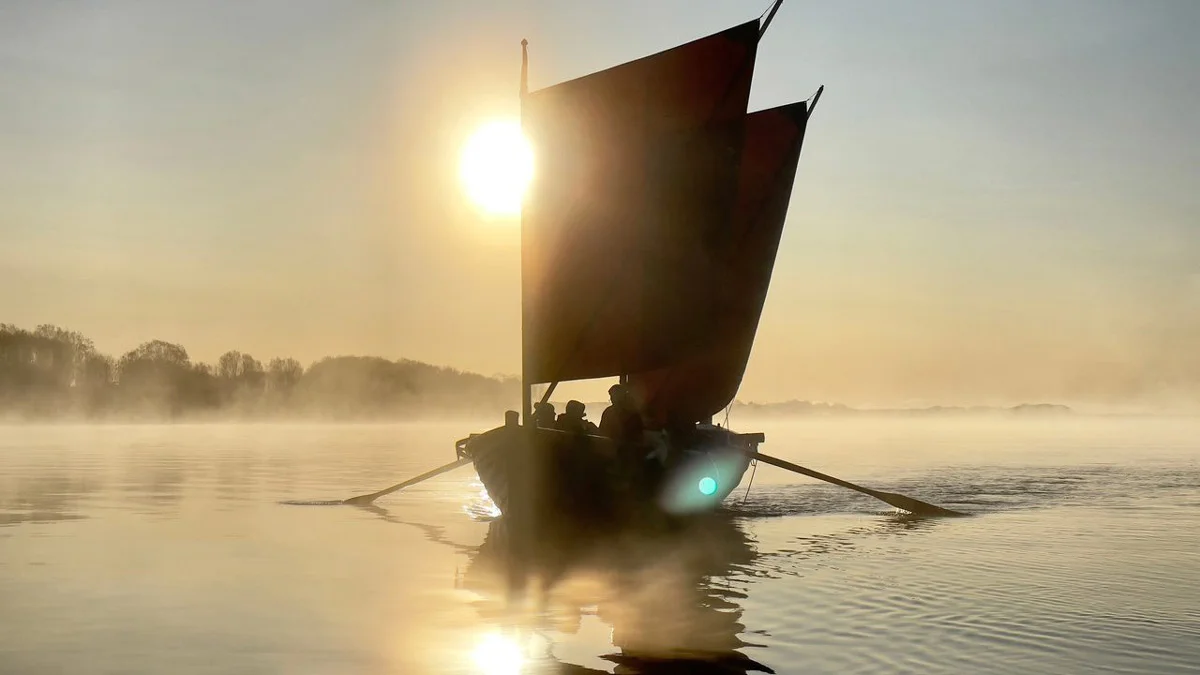
The project is based on the history of development of Siberia in 16-17th centuries, when the pioneering explorers moving “towards the sun” travelled across the seas, rivers and portages from the Urals to the Pacific Ocean in less than 70 years
One of the base points on this way was the first Russian city beyond the Arctic Circle founded in 1601 – the “gold-boiling Mangazeya”, the fur capital of Siberia. The Pomors called the trade route laid by the inhabitants of the Russian North the Mangazeya sea route: from the Northern Dvina across the White, Barents and Kara Seas to the Gulf of Ob and further up the Taz River to the outpost.

The route is long – over 3000 kilometres in an inhospitable climate and difficult waters, partly portaging. But it is all the more interesting to experience it for yourself what it was like for our ancestors to explore these harsh places. And it is not only curiosity that motivates the participants, but also the educational tasks assigned to the expedition.

The organizer is ANO “Pomor shipbuilding partnership”, whose goal is to preserve the historiсal canons of shipbuilding and sailing of the Russian North. It has built over a dozen traditional Pomor vessels since 2020. The karbass named “Matera” will become a floating museum and a lecture hall: the travellers will stop in the villages located on the route and tell the local residents about the pioneering Pomor explorers, the history of the North and the development of Siberia, the technologies of traditional wooden shipbuilding and sailing from the Middle Ages to the present.

The expedition vessel is worth mentioning as a separate point. “Matera” karbass was built in the summer of 2023 in Moscow, on the premises of the Museum of Moscow, launched in Veliky Ustyug and went all the way to Arkhangelsk on its own. It was created using technologies from centuries ago – without a single nail, with the boards sewn together with a wiep (boiled, peeled and twisted spruce branches).

The 8-12-metre vessels like this were widely spread in the North. They varied in size and structure, but were usually deckless, with pointed hull contours and straight vertical rods, 3-6 pairs of oars and usually two sprit, square sails. Based on the results of the last year’s expedition, which “Matera” had gone through with a main and foresail rig, it was decided to add a bow sprit and a jib.
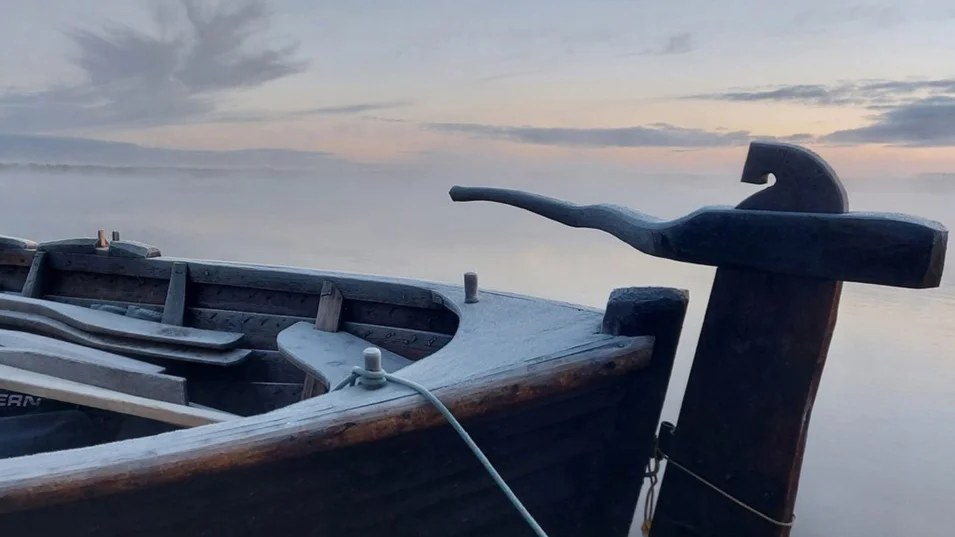
There is no engine on this carefully reproduced replica. But to ensure safe sailing and stable communication, the participants of the expedition take the most modern equipment with them, including the photovoltaic panels and battery stations – since there is no shortage of solar energy in the North in summer.
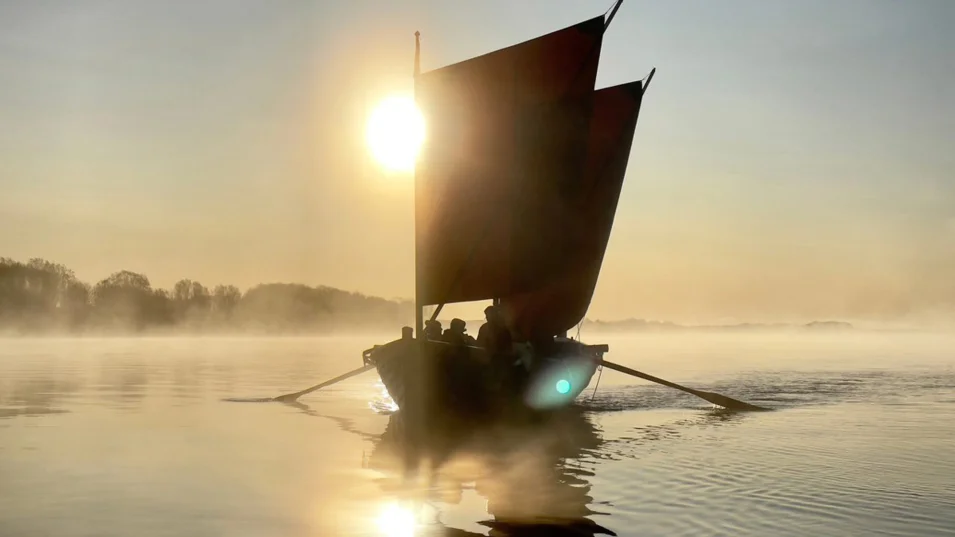
In autumn, when the expedition is over, there will be an exhibition in Moscow named “Discovery technology”, featuring the karbass, a film, a photo show and all the materials collected on the way. Fair winds, “Matera”!
You have successfully subscribed to our newsletter
